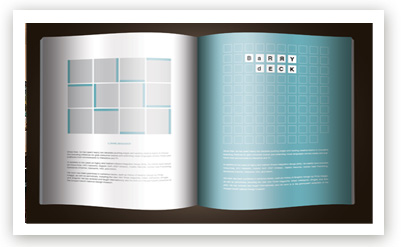Digital vs. Print: Which is Better For You?
We love our glossy paper but our reality is digital. So how can you keep your content alive and relevant? What factors do you need to think about as you decide how to invest in your magazine’s future? Let’s look at some considerations when deciding how to address the print vs. digital dilemma at your organization.
Print publishing offers a vital tactile experience. Folding page corners to earmark favorite articles, cutting out newspaper clippings, flipping from page to page. The problem is that once you’ve tucked that important clipping away into a folder, you likely forget about it.
We love our glossy paper but our reality is digital. So how can you keep your content alive and relevant? What factors do you need to think about as you decide how to invest in your magazine’s future? Let’s look at some considerations when deciding how to address the print vs. digital dilemma at your organization.
Print Pros
Yours forever. One thing is certain about glossy magazines and periodicals: They’re yours forever. Hoard them, share them, lend them, or borrow them. They’re subject only to the time limits you set.
Sensory experience. Studies show that we retain knowledge and experiences better through physical interaction. Thumbing through pages, writing notes, and highlighting passages are all central features we are still finding ways to replace in the digital world. Many users still appreciate the familiar format, especially if they can turn it into just one more channel of their content-consuming experience.
Easy to pay. We still buy on impulse in the real world. Whether at the supermarket, on the street, or while shopping, grabbing a print magazine is a simple, low-commitment purchase when you’re out and about.
Print Cons
Can’t keep up. The 24-hour news cycle turned into the 24-second news cycle with the rise of social media, making it impossible for even legendary print publications to keep up with breaking news.
Readers now expect a full picture. Instant features, infographics, visuals, videos, and dispatches from the Twittersphere. Print alone just can’t keep up.
Scaling is difficult. Publishing a print magazine requires overhead, production, and material costs that digital publishing obliterated. A print publication is always limited to an audience of those who physically get their hands on it.




